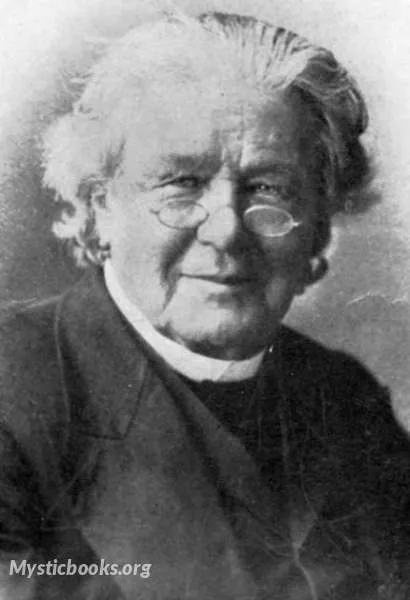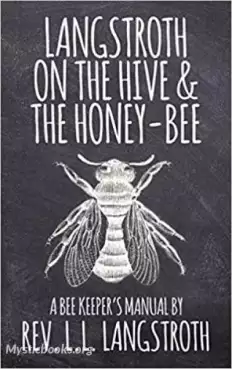
Timeline
Title
Country/Nationality
L.L. Langstroth
Rev. Lorenzo Lorraine Langstroth was an American apiarist, clergyman, and teacher, and considered to be the father of American beekeeping. He created the modern day Langstroth hive.
Langstroth was born in Philadelphia, Pennsylvania on December 25, 1810. He graduated from Yale University in 1831, and subsequently held a tutorship there from 1834–1835. After this, he was pastor of various Congregational churches in Massachusetts, including the South Church in Andover, Massachusetts in May 1836. From 1843–48, he served as pastor of the Second Congregational Church in Greenfield, Massachusetts. A large granite marker was placed on the church's front lawn by national beekeeper E.F. Phillips and others in 1948. In 1848, Langstroth became the principal of a young ladies' school in Greenfield, Massachusetts.
The Leaf Hive, invented in Switzerland in 1789 by François Huber, was a fully movable frame hive, but had solid frames that were touching and made up the "box." The combs in this hive were examined like pages in a book. Langstroth acknowledged Huber's contribution and noted: “The use of the Huber hive had satisfied me that, with proper precautions, the combs might be removed without enraging the bees, and that these insects were capable of being tamed to a surprising degree. Without knowledge of these facts, I should have regarded a hive permitting the removal of the combs as quite too dangerous for practical use.” (Langstroth on the Honey-Bee, 1860).
Langstroth was popularly credited with discovering the "bee space," though this discovery had already been implemented in European hives. In Europe, both Jan Dzierżon and August von Berlepsch had been focused on side-opened hives. Land resources in Europe had been limited, and bees were traditionally kept in beehouses. The presently so-called “bee space” had been incorporated by Berlepsch following Dzierzon’s discoveries, from the years 1835–1848, into his frame arrangement (Bienen-Zeitung, May 1852). Langstroth made many other discoveries in beekeeping, and contributed greatly to the industrialization of modern beekeeping.
After 1858 Langstroth made Oxford, Ohio, his residence, and devoted his time to beekeeping. The site was 10 acres (40,000 m2), and was an ideal place to keep bees. Langstroth planted a row of linden trees along the street, and apple trees throughout his property. He sowed buckwheat and clover seed, using 1-acre (4,000 m2) of ground for a formal garden, filled with the flowers that bees like best, and called it his honey garden. The home where he lived from 1858 to 1887 was built in 1856, and is now called Langstroth Cottage; it is designated a National Historic Landmark. It was donated to the Western College for Women, and is today home to the Miami University Center for the Enhancement of Learning and Teaching.
Langstroth received his first Italian bees at his home in 1863; Italian bees were more productive than the European bees that were most common in America at the time. He and his son sold the Italian queens at $20USD each, and in one year, sold 100 of them, with many being sent by post all over the United States.
In 1887, he moved with his daughter, Mrs. H. C. Cowan, and her family to Dayton, Ohio. Langstroth died at the pulpit of the Wayne Avenue Presbyterian Church in Dayton on October 6, 1895, just as he was beginning a sermon on the love of God. He is buried at Woodland Cemetery and Arboretum in Dayton.
Books by L.L. Langstroth

Langstroth on the Hive and the Honey-Bee: A Bee Keeper's Manual
Langstroth revolutionized the beekeeping industry by using bee space in his top opened hive. In the summer of 1851 he found that, by leaving an even, approximately bee-sized space between the top of the frames holding the honeycomb and the flat cover...